Collection
|
10 extraordinary Nature papers
A series of News & Views articles assesses the importance and lasting impact of 10 key papers from our archive.
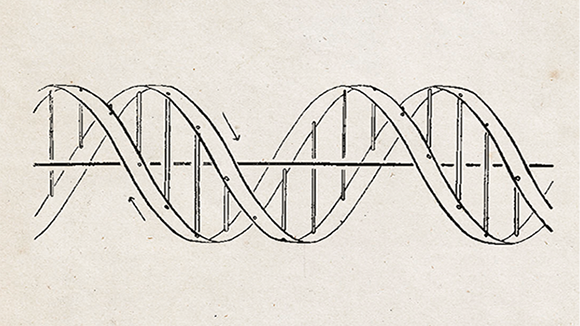
News and Views
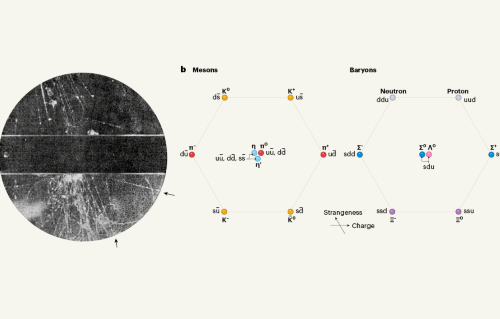 Detection of a strange particle
Detection of a strange particle

In 1947, scientists found a
previously unseen particle, which is now called a neutral kaon. This
work led to the discovery of elementary particles known as quarks, and
ultimately to the establishment of the standard model of particle
physics.
 The advent and rise of monoclonal antibodies
The advent and rise of monoclonal antibodies

A 1975 Nature paper
reported how cell lines could be made that produce an antibody of known
specificity. This discovery led to major biological insights and
clinical successes in treating autoimmunity and cancer.
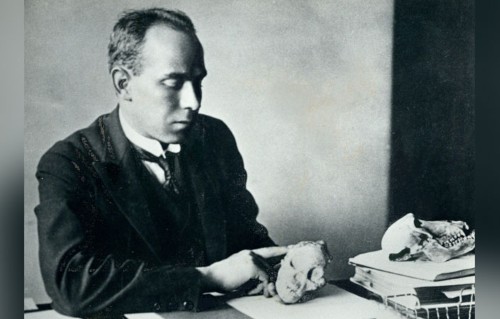 How Australopithecus provided insight into human evolution
How Australopithecus provided insight into human evolution

In 1925, a Nature paper reported an African fossil of a previously unknown genus called Australopithecus. This finding revolutionized ideas about early human evolution after human ancestors and apes split on the evolutionary tree.
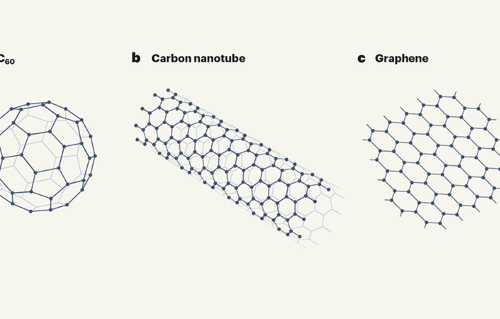 The nano-revolution spawned by carbon
The nano-revolution spawned by carbon

In 1985, scientists reported the discovery of the cage-like carbon molecule C60.
The finding paved the way for materials such as graphene and carbon
nanotubes, and was a landmark in the emergence of nanotechnology.
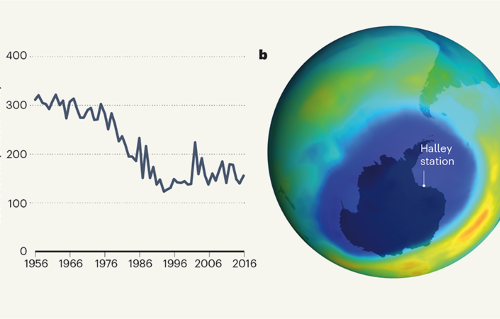 The discovery of the Antarctic ozone hole
The discovery of the Antarctic ozone hole

The unexpected discovery of a
hole in the atmospheric ozone layer over the Antarctic revolutionized
science — and helped to establish one of the most successful global
environmental policies of the twentieth century.
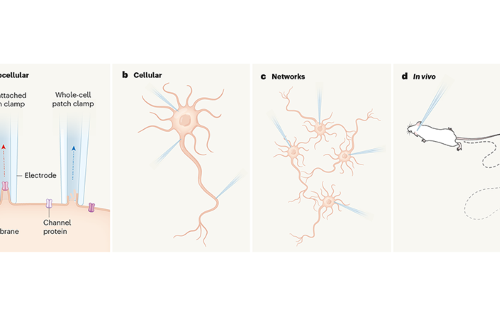 A breakthrough method that became vital to neuroscience
A breakthrough method that became vital to neuroscience

Originally developed to record
currents of ions flowing through channel proteins in the membranes of
cells, the patch-clamp technique has become a true stalwart of the
neuroscience toolbox.
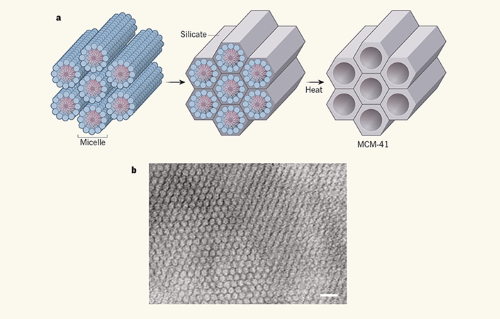 Birth of a class of nanomaterial
Birth of a class of nanomaterial

Nearly 30 years ago, a simple
chemical principle was reported that enabled the synthesis of a plethora
of porous materials — some of which might enable applications ranging
from biomedicine to petrochemical processing.
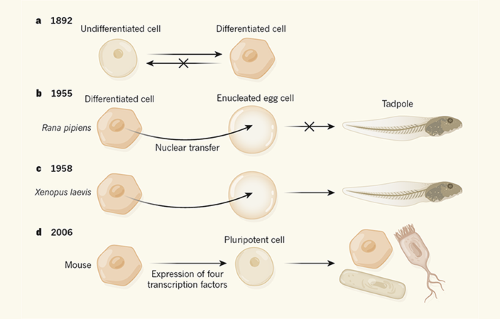 Cell identity reprogrammed
Cell identity reprogrammed

The discovery that cell
differentiation can be reversed challenged theories of how cell identity
is determined, laying the foundations for modern methods of
reprogramming cell identity and promising new regenerative therapies.
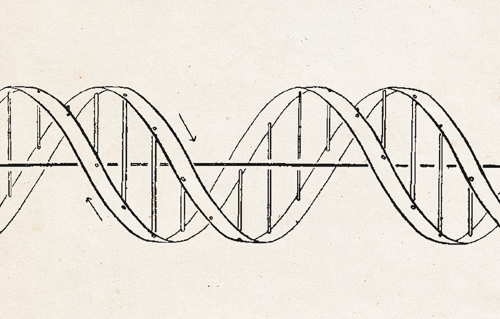 The structure of DNA
The structure of DNA

In the early 1950s, the identity
of genetic material was still a matter of debate. The discovery of the
helical structure of double-stranded DNA settled the matter — and
changed biology forever.
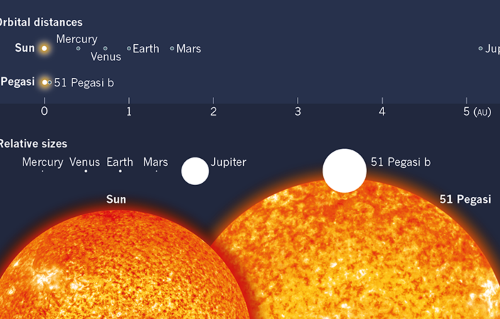 First exoplanet found around a Sun-like star
First exoplanet found around a Sun-like star

In 1995, astronomers detected a
blisteringly hot Jupiter-mass planet orbiting closer to its host star
than Mercury is to the Sun. This discovery recast our thinking of how
planets form and led to a new era of exoplanetary exploration.
Nenhum comentário:
Postar um comentário
Observação: somente um membro deste blog pode postar um comentário.